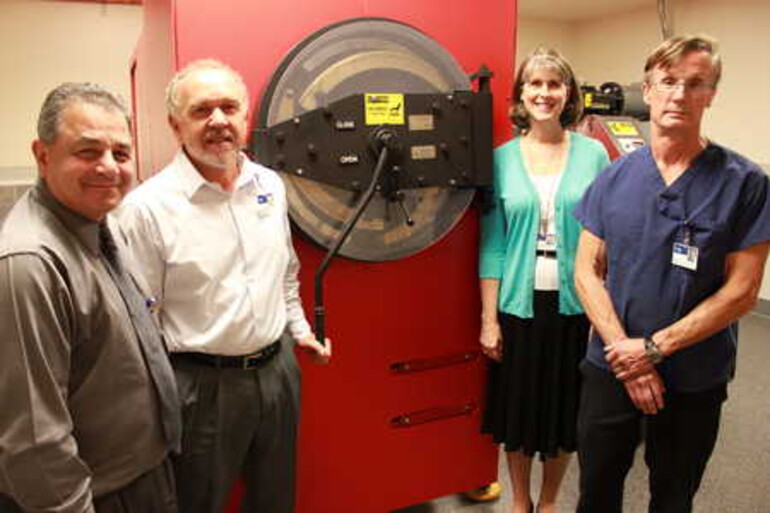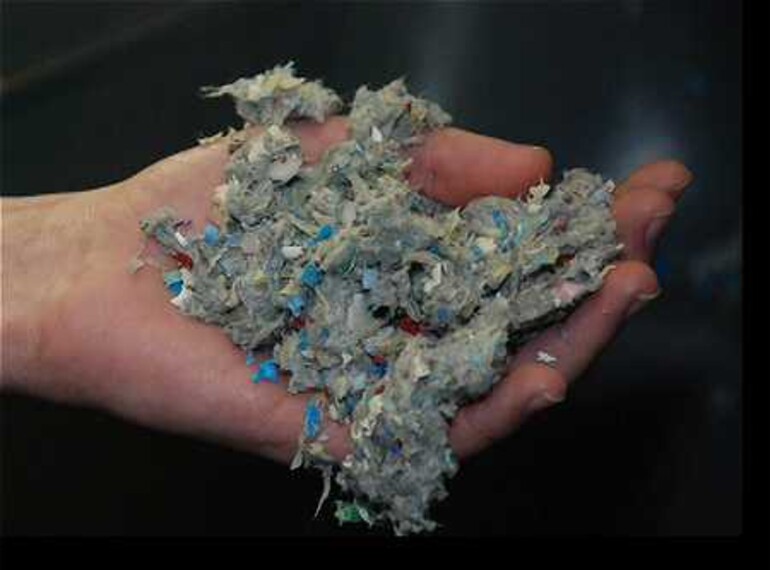"Go Green" isn’t just the mantra of canvas-toting hippies aiming to reduce their carbon footprint. Several Adventist Health hospitals and their environmental services departments have taken the mantra to heart — and are turning deep shades of green.
Sustainable Stewardship
Adventist Medical Center, in Portland, Ore., values stewardship. In an effort to be good stewards and serve the community through responsible resource management, the hospital has started a sustainability management program.
“It fits our mission because it honors God’s creation by reducing, reusing and recycling our material resources to minimize harmful impacts in our community,” says Ervin Gruia, co-chair of the sustainability council at AMC. “Sustainability management ensures that Adventist Health provides a healthy and safe environment that protects our patients, physicians, employees and volunteers.”
An example of sustainability management in action is the new technology acquired to safely dispose of more than 90 percent of infectious medical waste onsite. Thanks to the recently installed Red Bag Machine, the infectious medical waste from red biohazard bags and sharps containers are now pulverized and sterilized, leaving confetti-like material that is safe to dispose of in our normal trash stream. AMC is the first facility in the Oregon market to incorporate this new technology.
“Until now we had to ship our biohazard waste about 100 miles to a facility equipped to safely incinerate it,” says Myron Krause, materials management director. “This new process prevents the costs and environmental impacts associated with shipping and incineration.”
It takes about 30 minutes for the Red Bag Machine to process a load of material. During that time, the Red Bag Machine operators will be performing HIPAA shredding onsite.
“Performing both these functions onsite will enhance safety, security and make our waste processing more sustainable,” says Stephen Raffaele, environmental services manager.
Green Zone
Tillamook County General Hospital, on the Oregon coast, is also making efforts to become more sustainable. Recently, the hospital underwent a lighting efficiency project where 4,349 bulbs were replaced with lower energy consumption lighting. Occupancy sensors were also installed to ensure lights aren’t wasted in empty rooms. It is estimated that TCGH will save 1.15 million kilowatt hours annually.
In addition to the lighting improvements, TCGH also has a recycling program where bins are placed in the dining room for glass, aluminum and plastic; the hospital has reduced its use of paper; and HVAC air handling fans were replaced with a “fan wall” system that saves energy and is also much quieter.
"The changes that Tillamook Hospital is making will greatly impact our energy consumption and sustainability — saving the hospital money and setting an example for our community," says Martin Wiedemann, plant services director.
Walla Walla General Hospital in College Place, Wash., is making similar efforts to be more "green," including placing recycling bins on campus and installing motion sensor lighting as well as energy efficient lighting.










